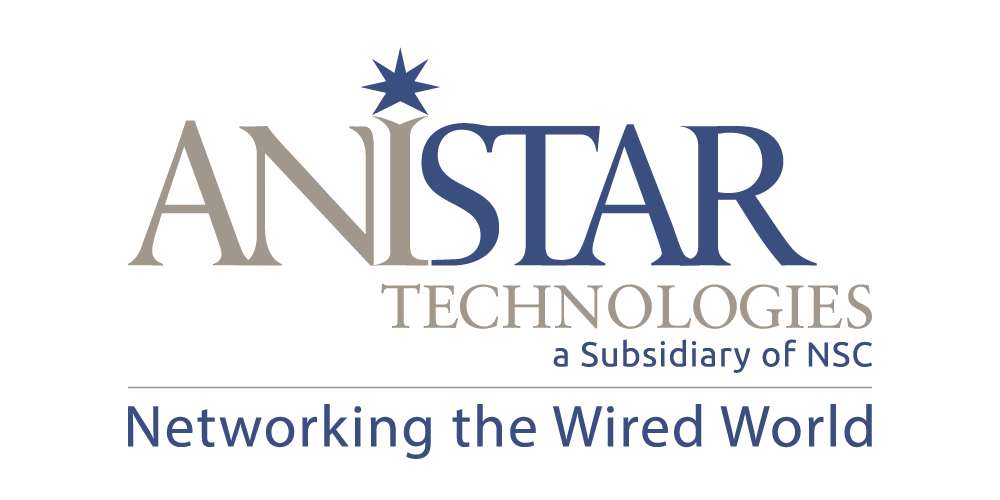Data networks and structured cabling often get taken for granted. However, when a network goes down or performance is lagging, people quickly get a better appreciation for the experts behind the scenes who make it all work together. Businesses and average consumers have high demands when it comes to reliability, speed and performance, and people with network cabling jobs work every day to keep up with those demands. To get a better appreciation of how these demands are met today, let’s take a look at how far we’ve come.
Where Structured Cabling Began
Structured cabling has been around since the 19th century, when the telegraph was the first application of it. The telegraph eventually evolved into the telephone and has now evolved into technology like VoIP. One constant throughout this evolution is the use of insulated wire made primarily from copper. While copper wire is still prominent, optical fibers have begun making a presence and will only continue making data networks more efficient.
The Evolution of Structured Cabling And Data Networks
As structured cabling has evolved, data networks have had to become more flexible in order to meet the demands of consumers and businesses. Experts with cable pulling jobs can’t simply install wiring to meet basic needs, since any future demand will require adjustments and the ability to adapt. The importance of structured cabling can’t be stressed enough, since it allows for more flexibility and gives businesses room to grow without having to sacrifice performance. Data networks have had to evolve in similar ways by taking current and future bandwidth into consideration. Without structured cabling, data networks will not be able to perform at high enough levels to meet the needs of consumers.
Improvements And Future Outlook
Data networks and structured cabling practices are constantly improving. We live in a world today where speed and reliability are demanded, so structured cabling is only going to become more important in the future. Optical fibers will continue evolving to transmit data more effectively, create longer transmission lengths, generate a smaller amount of electromagnetic interference and more. And while many people believe the world will become wireless one day, we are still a long way away from that happening, if it ever does. Structured cabling still plays an essential role in meeting our needs today and that role shouldn’t diminish any time soon.
Anistar Technologies has access to network cabling jobs and cable pulling jobs for people who are interested in pursuing a career in this industry. On the other hand, we also work with companies who need these experts to help their organization operate most efficiently. There’s so much more to know about structured cabling and data networks than what the average person knows, so contact us for more valuable resources to get a better understanding of it all.









